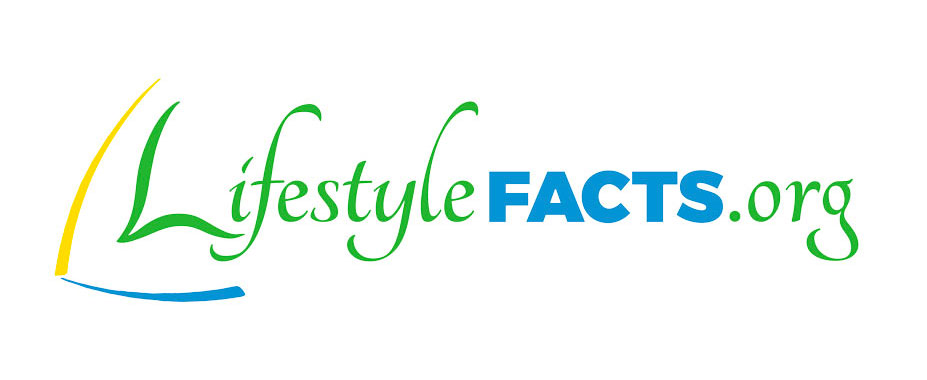By Jerry Morris, PsyD, MsPharm, MBA
MB (Marc Braman, MD, MPH):
Our session this time is “Attention Deficit Disorder: A Treatment Overview”, Dr. Morris, thank you for joining us.
JM (Jerry Morris, PsyD, MsPharm, MBA):
I’m glad to be back Marc.
MB:
So, we’ve been talking some about the basics of attention deficit disorder, and/or hyperactivity disorder, I want us to get a clear picture in our minds of what best treatment looks like. What should I be looking for whether I’m a parent or whether I have it myself, when I can be confident that the right things are happening, what does this look like? And maybe we just start with assuming we have the correct diagnosis — which is a big deal — paint for us in broad strokes proportions of what treatment is made up of.
JM:
Well, treatment can emanate from what we understand about the disorder in science. There’s a doctor, Philip Shaw, a psychiatrist with the child psychiatry branch at the National Institute of Health, has authored a study that shows that ADHD and that spectrum of disorders generally shows developmental delays and in specific parts of the brain that guide treatment. In other words, the child with ADHD has had the formation of the frontal lobes, or executive areas, or decision making, and inhibition, in control, and flexibility, retarded, or they don’t mature as quickly as other children. Although when they reach ages about 10-years-old they start to catch up if they’re given the right kind of environmental influences and interventions. So in other words, we know that the thickening of the neurons in certain areas of the brain are involved in this development just like they are in athletes or people we send to graduate school or those kind of things, so that there is a guide in science for the kind of interventions that work.
JM:
In other words, if we improve the family environments and communications and family input to helping the person create more neurons in the executive functions, or the frontal lobes, they can inhibit things better, they can make better decisions. If we also at the same time guide the person in their development so that they can interact with other people in relationships, peers, and children, and adults, they start to catch up. And so, it’s really exciting about the neuroplasticity and the treatment as they come together, of the brain. Now let me say one other thing that informs that, so it’s a lot of hard behavioral work both with the family and with the child often, or the adult that has attention deficit disorder. Now, let me say something else that goes along with this in the research; In 2004, there was some very important research done by some of the people at George Washington University and The Children’s National Medical Center in Rockville, Maryland, showing that, literally, these areas of the brain that have to do with flexibility and inhibition are delayed in children with attention deficit disorder and with Asperger’s children.
JM:
And so, that we now are getting more and more research that informs that if you do those interventions, and it has to be repeated interventions carried on by both the family and the therapist, that build these neurons in the areas of the brain that cause the child to developmentally mature to try to catch up with other children by growing the neurons in the areas of the brain that create more inhibition, self-control, better decision making, and the ability to be flexible in choices and decisions that their brains actually change, their personality change, and their diagnoses change. So, you really need some committed therapists who know these things about the brain and therapy, who will teach the family, and treat the family where they need to change their brains, and also do these repeated exercises of a wide variety of type which help the child become more flexible, more wise in making choices, give them repeated exercises to make choices, be flexible, be more cooperative people. And because brain growth is slow you have to do this hundreds, if not thousands of times. Now that’s one of the problems, in our payment for therapy we like to see somebody see these kids 12 times and discharge them, that’s not going to happen in these brains.
MB:
Okay, so what I’m hearing is that the direct cause, or I guess the direct physiology for ADD is that these parts in the top and the front of the brain aren’t developed enough, and these are the parts of the brain that put the person in control, that allow them to regulate their responses, their thoughts, to be able to adapt to what’s going on around them. Is that correct?
Attention-deficit/hyperactivity disorder is characterized by a delay in cortical maturation. Shaw P, Eckstrand K, Sharp W, Blumenthal J, Lerch JP, Greenstein D, Clasen L, Evans A, Giedd J, Rapoport JL. (2007). Proc Natl Acad Sci USA. Dec 4;104(49):19649-54. Epub 2007 Nov 16.
From Neuroscience: Seven Principles of a Brain-Based Psychotherapy. Kandel ER, Schwartz, JH, & Jessell, TM. Principles of Neural Science. 2001 McGraw-Hill. New York. Psychotherapy: Theory, Research, Practice, Training 1997 Copyright 2005 by the Educational Publishing Foundation 2005;42,(3):374–383.
A new intellectual framework for psychiatry. Kandel E.R. Am J Psychi. 1998; 155, 457–469.
Attention Deficit Hyperactivity Disorder: Effectiveness of Treatment in At-Risk Preschoolers; Long-Term Effectiveness in All Ages: and Variability in Prevalence, Diagnosis, and Treatment (2011). Agency for Healthcare Research and Quality U.S. Department of Health and Human Services 540 Gaither Road Rockville, MD 20850 www.ahrq.gov Contract No. MME2202 290-02-0020. AHRQ Publication No. 12-EHC003-EF.





